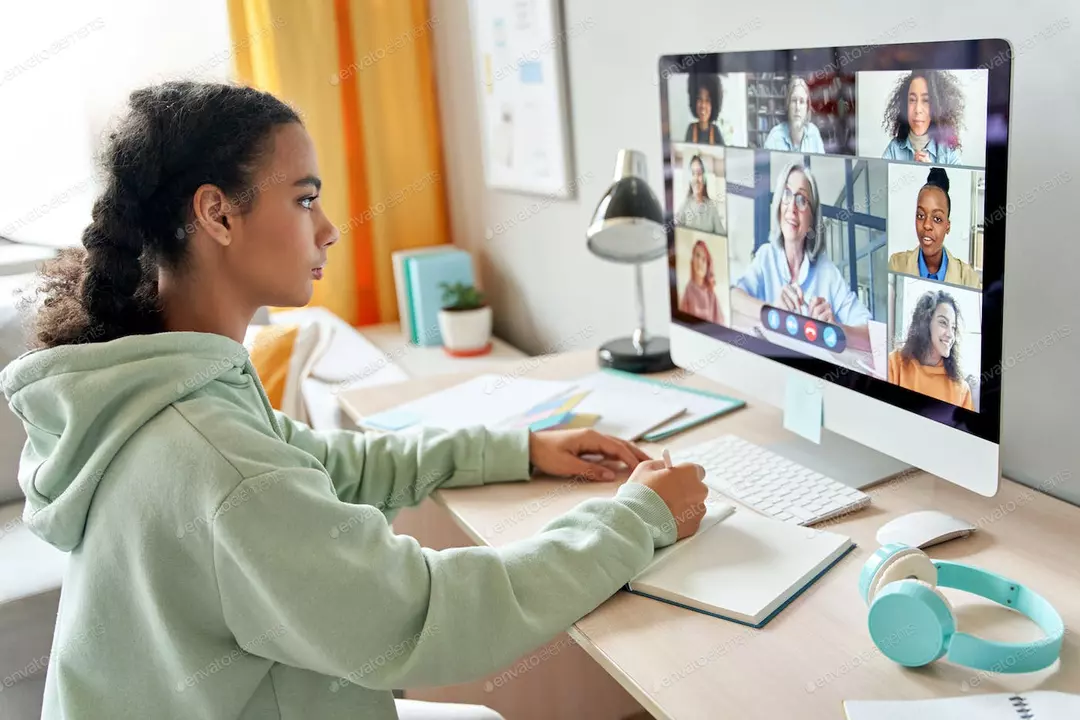Digital Learning Made Simple: Real Tips to Study Smarter
Going digital doesn’t have to feel like a tech maze. Whether you’re taking a college course, learning a new skill, or helping a kid with homework, you can turn screen time into real progress. Below are easy steps you can start using today.
Set Up a Focus‑Friendly Workspace
First thing’s first: pick a spot that tells your brain it’s work time. A clean desk, good lighting, and a comfy chair keep distractions low. Keep your phone on silent or in another room. If you share space, let others know your study windows so they can respect them.
Next, organize your digital tools. Install one note‑taking app (like Notion or OneNote) and stick with it. Having everything in one place means you spend less time hunting for files and more time actually learning.
Pick the Right Learning Platforms
Not all e‑learning sites are equal. Look for platforms that offer interactive quizzes, short video chunks, and progress tracking. Those features keep you engaged and let you see where you need a second look. Try a free trial before you commit – the goal is to match the tool with your style, not the other way around.
When you find a good fit, use the built‑in community forums. Asking a question or helping someone else can reinforce what you just learned. Plus, a quick tip from a peer often clears up confusion faster than rereading a textbook.
Another shortcut is to use spaced‑repetition apps like Anki or Quizlet. They push review cards just as you’re about to forget them, which boosts memory without extra effort. Set a daily goal of 10‑15 minutes and let the algorithm do the heavy lifting.
Don’t forget about time management. The Pomodoro technique works great online: 25 minutes of focused study, 5‑minute break, repeat. During breaks, step away from the screen – stretch, grab a drink, or look out a window. Those short resets keep mental fatigue at bay.
If you’re juggling multiple courses, a simple spreadsheet can be a lifesaver. List each subject, its weekly deadline, and the amount of time you plan to spend. Review the sheet every Sunday and adjust as needed. Seeing everything on one line helps you avoid last‑minute cramming.
Finally, treat digital learning like a habit, not a chore. Celebrate small wins – finishing a module, acing a quiz, or simply sticking to your study schedule for a week. Those moments build momentum and make the whole experience feel rewarding.
Digital learning is here to stay, and with the right setup, it can be just as effective – if not more – than a traditional classroom. Start with these basics, tweak what works for you, and watch your progress climb.

Online education should be of high quality?
As a blogger, I believe online education should definitely be of high quality. It's essential for students to have access to top-notch resources and courses, regardless of geographical location. High-quality online education can provide equal opportunities for everyone, breaking down barriers and making learning accessible to all. Furthermore, it helps students develop essential digital and communication skills for today's world. In conclusion, investing in high-quality online education not only benefits individual learners but also contributes to the progress of our society as a whole.
Read More